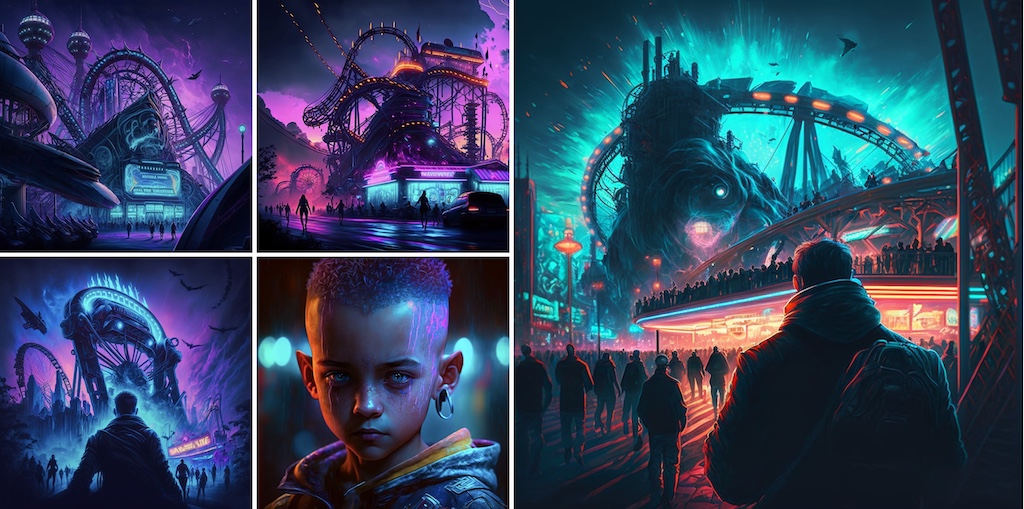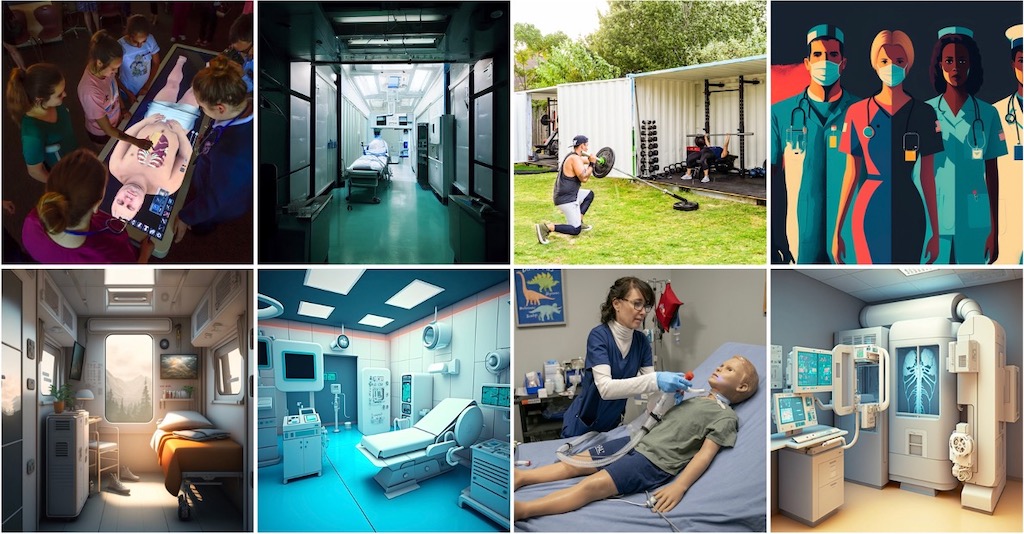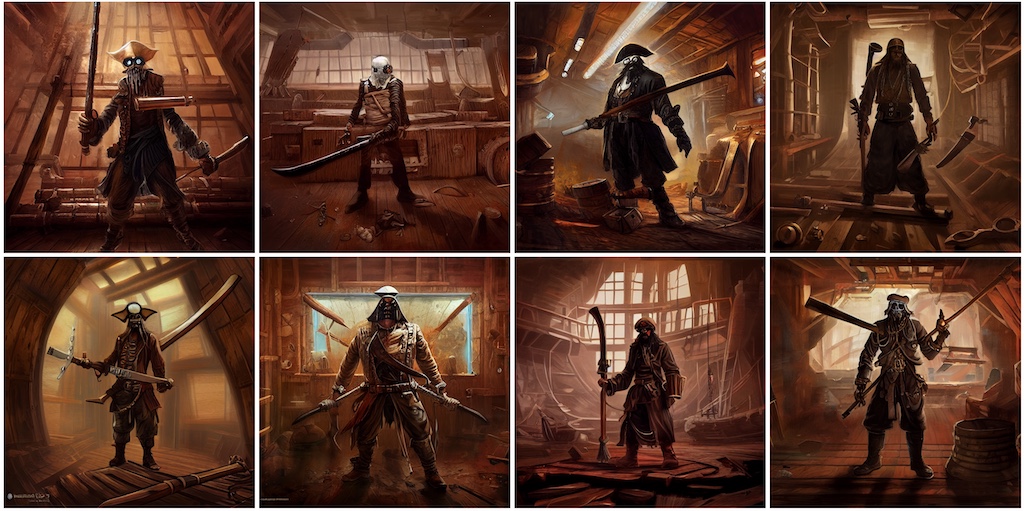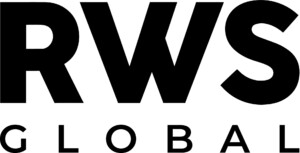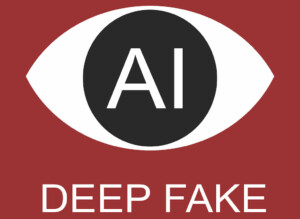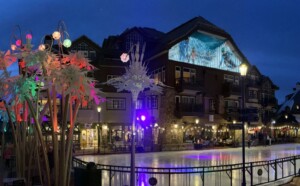While beginning to write this article about how artificial intelligence is changing the way we work in experience design, the first thing that we did was open up Jasper, one of the new AI tools on the market that uses Open AI’s GPT 3.5 as one of its language models. We gave it a simple command:
“Write an article about how AI is going to change how we design experiences like theme parks, museums and other attractions.”
Within 30 seconds, we had the first 260 words. Here is just the first paragraph straight out of Jasper’s engine with no editing by us:
“With the rise of Artificial Intelligence (AI), businesses are beginning to explore how this technology can be used to create immersive experiences. AI is enabling more personalized, creative and engaging ways to design attractions such as theme parks, museums and other entertainment venues. By leveraging AI-powered tools, designers can create dynamic experiences that are tailored to each individual visitor’s preferences and interests.”
That’s a lot to unpack.
AI is already changing experiences
If you want to ask AI to write you anything, all you have to do is ask. We are currently working with JRA – part of RWS Entertainment Group on the H2.O Purification Center in Jacksonville, Florida. Just for fun, we asked Jasper to “write a video script about why water purification is important?”
Again, within 30 seconds, it was spitting out copy with its first line almost identical to the storyline we developed a year ago: “Water is essential to life.”
Or what about asking it to “write an article on the opening of SeaWorld Abu Dhabi this year”? Again, the AI generated the following within seconds after a simple prompt:
“SeaWorld Abu Dhabi has officially opened its doors to the public, offering a world-class marine-themed adventure park for visitors of all ages. Located on Yas Island, this state-of-the-art venue is set to become one of the most exciting attractions in the UAE.”
Whether you are working with words using Jasper and Open AI’s ChatGPT or visuals using AI design tools like Midjourney or DALL·E 2, our world forever changed last year. While everyone was busy talking endlessly about how the metaverse would change experiences, AI broke down the back door.
Using it as a tool
Like many, we hadn’t given AI much thought until we first experienced it in June 2022.
And like millions of others, our world was rocked! As a writer and designer, we immediately saw how this would change our world and embraced it fully. We canceled our stock photo subscriptions that were costing us thousands of dollars a year. Instead, we immediately shifted those resources into subscriptions with Midjourney, DALL·E 2 and Jasper.
We ignored those who told us AI would destroy jobs and careers. We debated those who called it “stealing and theft.” One angry artist on Instagram called Zoe “unethical, immoral” and the personification of “evil.” We consulted with other creatives who are on the leading edge of AI like Dominic Cardoso and Michael Libby.
We even started sharing with our clients in July exactly what we were learning as we were excited to show them how AI will change the way we work. One of our creative partners told us angrily, when he learned what we were doing:
“You can’t show clients this AI stuff because if they learn how to create renderings using Midjourney, they’ll no longer need us.”
He was afraid.
And perhaps he should be.
However, from the beginning, our approach to AI has been all about using it as a tool. As Midjourney’s Founder David Holz told The Verge, “It is an engine for imagination.” And so it is with Jasper and these other AI tools. They are here to inspire us and help us be more creative.
Change is inevitable
It helps that Zoe is younger and more open to embracing new technology. When she started her first job out of college in 2018 designing dance costumes, she was the first designer at her firm to design her initial concepts on an iPad rather than with paper and colored pencils. And, while older, Geoff remembers first-hand how computers radically transformed his first career in journalism when workers used to paste up headlines and copy on a board before photographing it and then printing it.
Those paste-up jobs do not exist any longer. Blooloop has replaced Amusement Business. In fact, most of the people in our industry probably don’t even remember that weekly newspaper, owned by Billboard. They could not adapt and died.
Change is inevitable and those who refuse to adapt to the new world AI is introducing will be left behind.
However, this article is more about revealing how we are using AI design tools to work with our clients rather than debating its merits and ethics. If you plan to boycott Midjourney, we wish you luck in your retirement. If you want to call us thieves, perhaps think about how much “borrowing” already takes place in our industry.
As Zoe defended herself on Instagram recently:
“I personally believe that we already train ourselves on the intellectual property of others without their consent, and the fact that a computer can now do it doesn’t change anything. What we do with that property however is where the evil comes in.”
Lessons from using AI in experience design
After six months of using Midjourney and other tools, we have some lessons to share about how we use AI in our creative process. With the permission of our client the J. Kruse Education Center in Indiana, an experiential learning center dedicated to helping students find their passion and career path, we will share with you some of the actual work product.
Brainstorming
Sometimes clients don’t know what they want until they see it. AI design tools like Midjourney allow us to quickly generate visuals as we brainstorm. In fact, we’ve used Midjourney in more than three charrettes with the J. Kruse Education Center over the past few months as we’ve worked with them on how to create experiential learning pods for the Manufacturing Industry, Healthcare Industry and Architecture & Construction Industry.
These charrettes involved both the client and those in these industries such as doctors, nurses, engineers, welders, carpenters, etc. AI images generated on the fly have replaced the traditional image card exercises in our charrettes. Now when brainstorming an idea with the J. Kruse Education Center, we can quickly visualize a hospital room inside a shipping container or what a maker lab could look like.
Using AI we can now give clients and their stakeholders almost immediate visual feedback on ideas being brainstormed. This confirms the validity of the idea or even takes us in a new direction that we wouldn’t have explored (or have had time to explore) otherwise. This technique is a new faster way to make sure the best ideas are the ones coming out of the charrette.
Mood boards
Using AI programs like Midjourney and DALL·E 2 we can now create custom mood boards for projects. A lot of the time in our industry, we pull from images of existing attractions to make our mood boards. This isn’t necessarily bad. However, one negative effect of this is there are rarely original images within our mood boards.
Now, using AI, we can make mood boards that utilize completely custom imagery designed specifically for the project. We can take those charrette ideas and images we generated and flesh them out, make more and see where the exploration takes us. We especially like mixing AI images with real images of existing attractions to create a more complete mood board. It both allows the client to see real examples as well as more conceptual images to help them visualize the concept.
Pre-renderings
As we’ve continued to explore AI we’ve started to refer to some of the generated images we use as “pre-renderings.” These are images that are not fully fleshed-out renderings but do convey the idea and the mood that we want. They are a stepping stone to the rendering stage. For example, most of the renderings we work on are inside a planned space with specific elements and spatial requirements. Artificial intelligence is not good enough (yet) to allow that type of specificity.
However, what AI can do is create an image that conveys some of the elements you might want to have in the rendering as well as the overall mood of the space. Because of AI, we’ve added these pre-renderings in a step with our client because it eliminates the surprise factor of them seeing the final rendering. It lets the client in on the process and you can potentially get some feedback that could affect the final rendering and save time having to go back and change elements later.
For the J. Kruse Education Center, these pre-renderings involved seeing what the inside of these educational experiences might look like when placed in shipping containers.
Renderings
That brings us to the renderings themselves. We still need a human touch to create conceptual renderings, especially when those renderings need specific elements or are in existing or planned spaces. However, we can use AI to generate some of those elements to put into the renderings.
Anyone who has been in this industry long enough knows that most conceptual renderings are a combination of SketchUp, photo bashing and digital painting. Where AI can now come in is being a source for some of those “photos” that eventually get incorporated into a rendering. And just like the mood boards, this is a step up. Now, we can create unique and new elements to incorporate into the renderings rather than existing products.
For example, let’s say we need some graphics to incorporate into a rendering for the Healthcare Pod at the J. Kruse Education Center. Instead of turning to stock images or Google, you can now generate your own unique graphic to incorporate into the rendering.
Character design
The way we use AI for character design really is the same as how we use it in charrettes and mood boards. And using AI in this process can practically be applied to any visual need, whether it’s logos, fashion, graphic layouts, etc.
The reality is for a lot of projects, we don’t have time to explore hundreds of ideas and variations for a character. And so what usually happens is we’ll do a handful of designs and hope the client likes them. But by using AI, we can make those initial variations and explorations on our own and find the strongest. Then we can have Zoe or another artist finalize and flesh out those concepts.
It not only makes sure the client is happy but also makes sure the strongest ideas are getting through because you now have time to explore more variations.
As with all AI design tools, this is disruptive. In August 2022, we got a call from a client who needed to turn around a bunch of character ideas for a Halloween attraction. They gave us two days. We told them, “We plan to use AI to give you more in this short amount of time.” The client then paused and said, “Oh, I hadn’t thought of using AI. Never mind, we’ll just do it ourselves.” Sure, we lost out on a small project, but that’s simply the new world we live and work in.
Names
Using Jasper AI, ChatGPT and other tools, we can now apply that same process when developing attraction or exhibit names. Struggling to come up with a name for an attraction? You can now let AI help. Not every idea the AI will generate is great. But it can act as a brainstorming tool, generating things you may never have thought of on your own, or even helping you to use what it came up with as a jumping-off point to more ideas.
For example, the J. Kruse Education Center begins with a walkthrough experience that gives students a choice as they stand in front of a series of doors. It’s essentially a career assessment called RIASEC condensed into a maze. At each stop along their journey, students are asked to pick a door. For example, “Am I a thinker or a doer?” Every door leads to another room with more doors. And by the end of their journey, they learn what career paths might best match their personality.
But what to name this experience? It’s not really a maze, but it is. It’s not really a personality test, but it is. So, we entered into Jasper a description of what we wanted. A few keywords and a second later, we had a few options:
- Career Walk
- Career Ways
- Career PathZ
- Career Passages
- Career Maze
- The Maze of Doors
- Maze-to-Careers
- Maze of Opportunity
- Maze to Success
- CareerWalk Maze
- Doors to Discovery
- Doors2Discover
As we are still in design development, a final decision hasn’t been made on the name of the experience. But there is value in getting an assist from AI.
Presentation Symbology
When looking for images to symbolically support a message in our presentations, we no longer turn to Getty, other stock houses or even Google, we simply open up Midjourney or DALL·E 2 and type in the idea we are trying to communicate. A check mark made of water for the JEA H2.O Purification Center.
When trying to communicate the idea of beginning a project like the J. Kruse Education Center with a “Black Box,” we created one on DALL·E 2. A Saul Bass-inspired question mark in the brand colors of our client FM Global, no problem!
The human touch is still key
We could go on for another 10,000 words describing how we’ve been using AI in our work. However, let us share just a few final thoughts that we have found important:
Transparency: We believe in always sharing when we are using AI for design inspiration, brainstorming, mood boards and renderings. Honesty about the use of AI not only keeps clients’ expectations realistic but also will help dispel the fear that some people feel toward the technology.
Speed: These tools not only allow us to work faster but also allow us to work more efficiently. That’s because AI art can allow us to get a glimpse into the final product much faster than previously possible. We can generate more renderings faster than ever before.
Human Touch: AI isn’t a replacement for humans. It is a tool for us to use to be more efficient and creative with our work. As great as AI tools are, you still need the human touch to make whatever is generated meaningful to your project by customizing it to your needs. Pretty pictures and fancy words have never been able to make bad ideas look good. And so it is with AI. These tools won’t do you any good if you don’t have great ideas behind them and a team to bring them to life.
Concept Art: What has us really excited is that this tool may shift our industry’s desire for photo-real art in the early concept phase into an appreciation for true conceptual work focused more on setting a creative direction. In fact, we are already seeing this happen with a number of clients. By telling them we are using AI design tools we are able to manage expectations for something that is looser and more conceptual. That’s something we seem to have lost with programs that allow concepts to be generated to look photo-real.
AI design is the next step
In the end, Zoe said it best on Instagram while defending AI in her work:
“Art can’t be destroyed if it is a reflection of who we are and what we feel. When photography was invented the art world had to ask itself some hard questions and evolved because of it. Same when digital art was invented. I believe this is just the next step.”
Father and daughter Geoff & Zoe Thatcher are the chief creative officer and designer & illustrator at Creative Principals, a family-owned experience design firm. Other than when noted, this article was completely written by their human hands.
All images courtesy of Creative Principals




